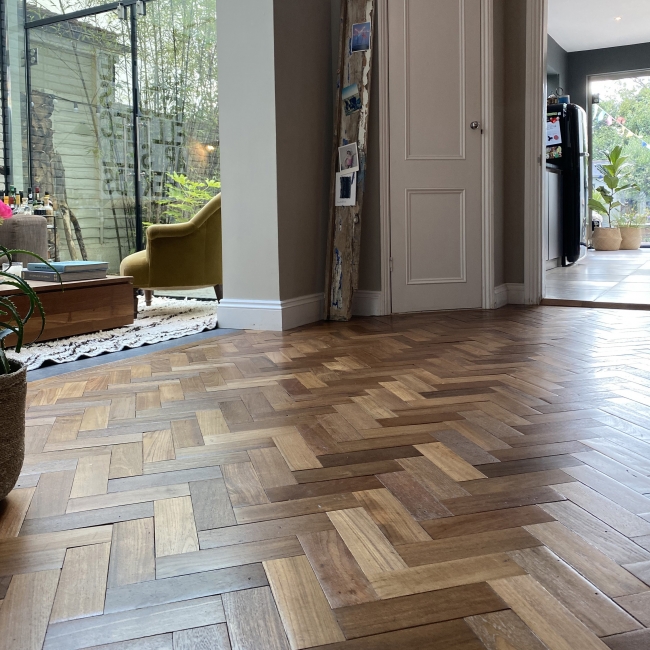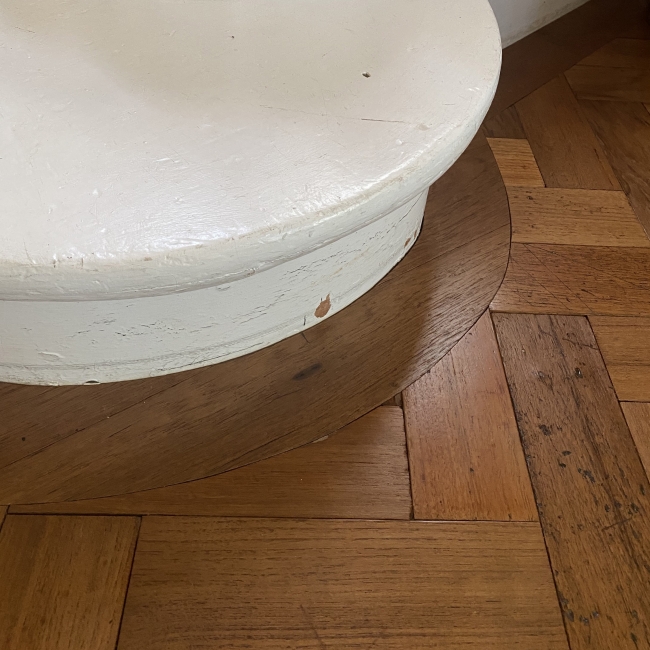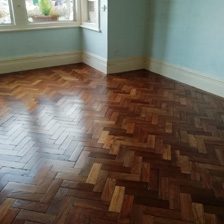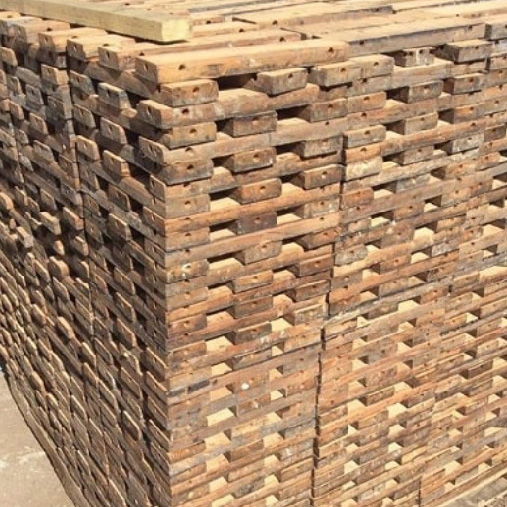Quality Reclaimed Parquet & Woodblock Flooring, Including Burmese Teak
We hold primarily exotic timbers in this form. The reclamation and recycling of these specie is very important; many are on the top 10 endangered species list and use as new timber is prohibited. Nonetheless, they are beautiful and unique. They are incredibly hard-wearing and functional and are unbeatable in terms of performance, so they remain highly sought-after.
However, these blocks are very tricky to reclaim, and to re-use successfully. They require thorough and detailed processing (see below).
We hold over 8000m2 in stock including the following specie:
- Oak - English and European
- Quarter Sawn Pitch Pine
- Burmese Teak
- Rock Maple
- Panga-Panga
- Ghanian Mahogany
- Beech
- Muhuhu
- Mninga
- Keruing
- Iroko
- Jarrah
- Knotty Pine
- Merbau
Send us an image of what you want to replicate or what you want to match. We will see what is possible from our stockholding.
Please quote the image reference code when making an enquiry. The reference code can be found by hovering over, or clicking on the image.
PROCESSING PARQUET WOODBLOCKS
If woodblocks are not treated properly, re-laying them in a tight geometric pattern is simply impossible. The main problems are:
- Moisture Content. Old blocks are reclaimed with a nominal 11 and 16% moisture content. They should be 9-11%. If every block is not between 9 and 11% - then once laid in a centrally heated room – the blocks simply shrink everywhere. If even 5% of the blocks are wet, they shrink. Such a floor is unrepairable.
- Different Width Blocks. All block laying is geometry. When we reclaim parquet we find the width of the blocks range from say 68mm to 72mm. It is very difficult to create and keep a line straight when the blocks are many widths. It is possible, but gaps re inevitable unless you regularise the blocks. Only then can the field be built up reliably.
- Old bitumen remains in the Tongues and Grooves. The old bitumen from the original laying, goes up and over the tongue and into the groove. It crystallises, goes rock hard and remains there. You simply cannot push the tongues into the grooves. When re-laying, lines go wonky and one quickly loses the pattern.
- Non-uniform Block Thickness. Blocks lifted from a heavily trafficked area will have been worn/sanded to 2-3mm thinner than ones say along the edge of a wall. Once laid the whole floor has to be sanded down to the thinnest block. This can add approx. 1.5 days to a 50m2 area. It also decreases the wear surface left on the blocks.
- Old Bitumen on Bottom of Blocks. The main problem is the old bitumastic adhesive of 60 years ago, is not compatible with modern adhesives - particularly the Flexible 2-part Epoxys. Installing blocks with this Black-Jack still in place - is just NOT to be recommended. 90% must be removed.
- Old Concrete and Screed on Bottoms of Blocks. Many reclaimed blocks get reclaimed with screed or excess bitumen on their backs. This screed must be removed to prevent odd blocks sticking up above the bulk of the field.
WHAT WE DO TO ADDRESS THE ABOVE FOR EXPORT WORLD-WIDE:
- All blocks are fully de-nailed, while protecting the original face, then any unacceptable blocks are simply thrown away. A quality control is crucial.
- Cut or machine the black-jack off the back of each block completely. Blocks with heavy screed on them are excluded.
- We bring the blocks to a single consistent thickness, doing away with any thin blocks.
- We Kiln-Dry every block to a set moisture content ( 9-11% for regular central heating, or 6-8% for under-floor heating ).
- We give a written guarantee that these blocks can be laid directly over any Under Floor Heating system.
- We regularise all blocks by machining them through our Six Cutter planing machine.
- Finally we check for any anomalies in thickness before bundling, strapping them into 50’S - and palletising them.
The blocks are effectively almost new in terms of their exact dimensions. This makes re-laying a simple, geometric process. If required, we offer hand DA sanded to one of our hand-made textures. We offer these blocks mainly in an unfinished state - or semi-finished or ask us about our Hand Sanding and Semi-Finishing.
















